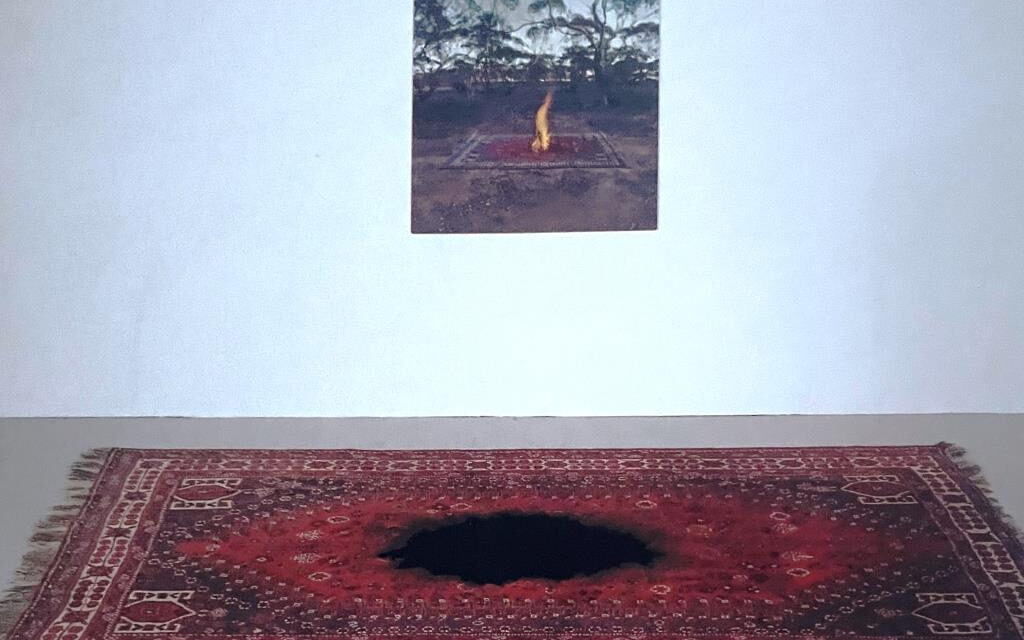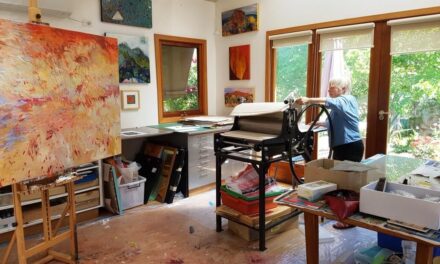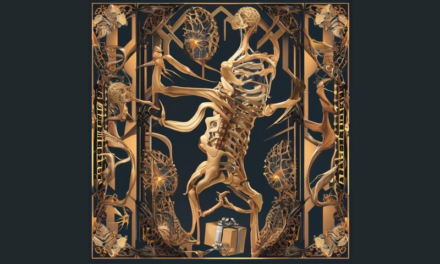Petrus Spronk
I recently attended the opening of a contemporary art exhibition where I overheard the following. Person A to person B: “What do you think of modern art and its installations?” Person B to person A: “It is mainly a bit of a wank, don’t you think?”
I had to consider that, found myself a seat and thought about what was presented here. I couldn’t help but to acknowledge those works which I had viewed, presented in the most surprising installations. How can you possibly deny the following and dismiss it as a wank?
This maybe a good time to explain, in short, the difference between an exhibition and an installation.
Basically, at an exhibition of your work, you have the show on the wall, or on some plinths. However, when you present your work as an installation, the whole of the space becomes the work.
For instance, I saw this installation in the Stedelijk Museum in Amsterdam. Imagine this: you enter an almost empty gallery space. On the right hand side is a sculpture by Rodin showing a man deep in thought, his head resting on his fist. You know the one. Opposite that sculpture was a similar size sculpture of the buddha sitting in meditative stillness. That is it. So powerful was this installation that after almost forty years I can still call it up and I am still moved by the thought of it.
Or this one, which I found in the Art Gallery of South Australia. I entered a dimly lit gallery space with a work by a Japanese sculptor who had been invited to be an Artist in Residence. His first job was to select a huge eucalypt log which he carved into the shape of a large canoe type vessel. Next he set the inside of the canoe alight and then pushed the burning vessel into a lake. I am sure you can call up your imagination and find it to be very strong. But there is more. The finished piece was the work displayed in the Art Gallery of South Australia: a lonely vessel in a dimly lit space. The vessel filled to the rim with water, creating a black mirror like surface into which I imagined I was looking at the universe.
In the same gallery, on another occasion, I saw a Persian carpet placed on the floor. The carpet has a black hole in its centre. The story of the carpet is based on the death of the artist’s mother. The artist, for political reasons, could not go to Iran to attend his mother’s funeral so, as a way to memorise the event, he took his family carpet into the desert where he unrolled it. Next he built a little fire at the centre of the carpet lit, the fire and photographed the burning. The finished piece has a large photo of the fire in the carpet, while in front of the photo, the carpet with the black circle at its centre, is laid on the floor with a black hole created when the artist sewed a piece of black velvet into it.
I’ll present you with one more piece, probably the strongest. In an empty room a young boy sits facing a corner. The boy is poorly dressed, has threadbare clothes, worn shoes and his hair is unkempt. I watch people as they make their way into the corner to look at the front of the boy. A look of horror appears on each of the viewer’s faces. I make my way across the room to also view the boy from the front. The horror expressed is for the face of the boy. It is that of Hitler.
Petrus Spronk is a local author and artist who contributes a monthly column to The Wombat Post.











